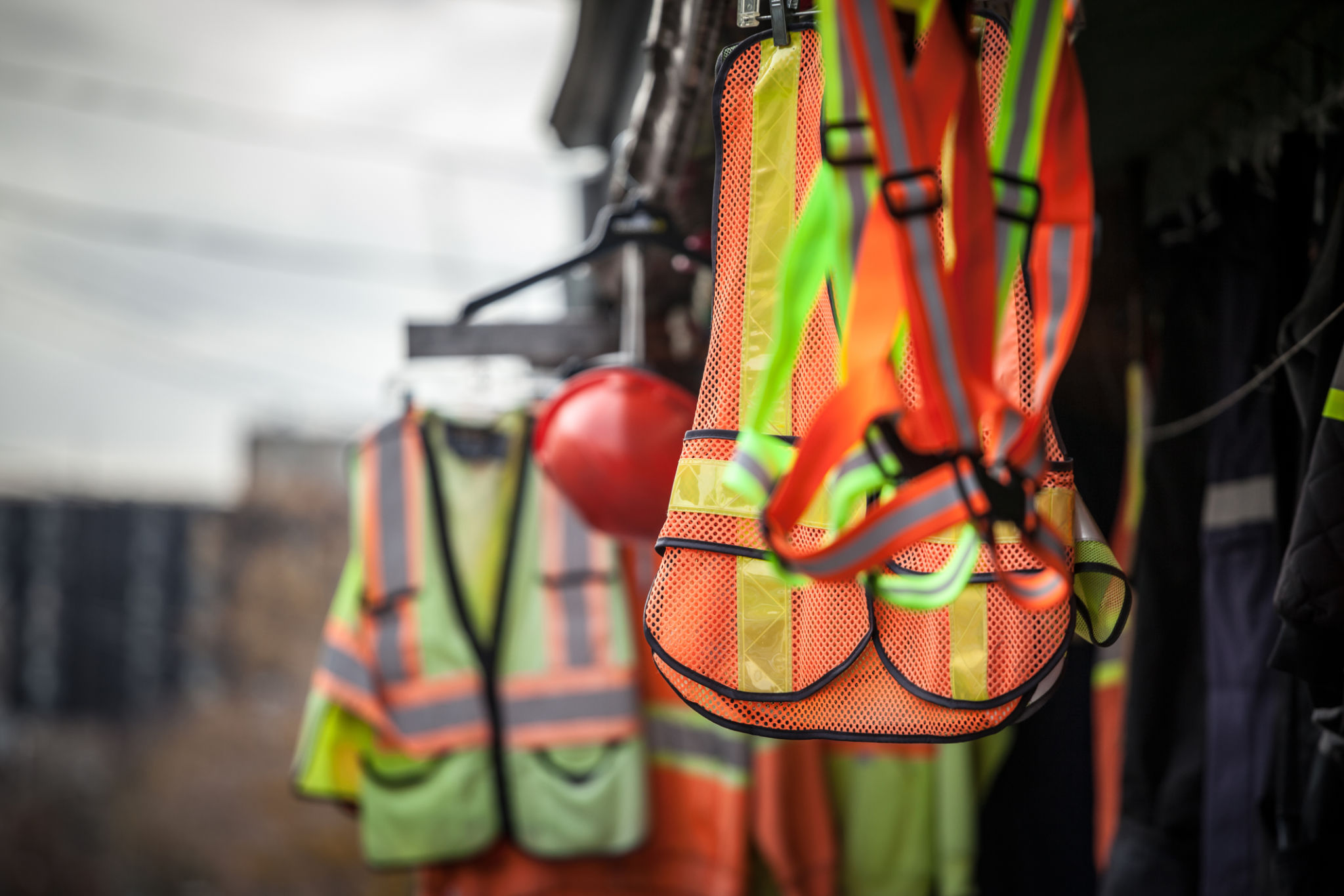Comprehensive Guide to Scaffolding Safety in Murray Bridge
Understanding the Importance of Scaffolding Safety
Scaffolding is an essential component in construction and maintenance work, providing a temporary structure for workers to perform their tasks at height. However, scaffolding can pose significant safety risks if not properly managed. In Murray Bridge, ensuring scaffolding safety is a paramount concern for construction companies and workers alike.

Regulations and Standards
In Murray Bridge, scaffolding safety is governed by a set of regulations and standards that ensure the well-being of all workers involved. These regulations are designed to minimize the risk of accidents and include guidelines on the design, construction, and maintenance of scaffolding structures. Compliance with these standards is not only a legal requirement but also a moral obligation for businesses.
Key Components of Scaffolding Safety
Ensuring scaffolding safety involves several critical components. These include proper planning and risk assessment before the erection of scaffolding, the use of quality materials, and adherence to manufacturer guidelines. Furthermore, regular inspection and maintenance play a crucial role in identifying potential hazards and preventing accidents.

Another vital aspect is the training of workers. Proper training ensures that all personnel are aware of the potential risks and the correct procedures to follow while working on scaffolding. This training should cover various topics, including fall prevention, load capacities, and emergency response protocols.
Common Scaffolding Hazards
Several hazards are commonly associated with scaffolding work. These include falls from height, scaffold collapse, and being struck by falling objects. Each of these hazards requires specific measures to mitigate the risks involved. Implementing guardrails, toe boards, and personal protective equipment (PPE) are effective strategies to enhance worker safety.
Best Practices for Scaffolding Safety
Adhering to best practices is crucial for maintaining a safe scaffolding environment. Some key practices include:
- Conducting thorough site inspections before scaffolding erection.
- Ensuring proper load distribution and not exceeding weight limits.
- Regularly inspecting scaffolding components for wear and damage.
- Implementing effective communication among team members.

Emergency Preparedness
Despite taking all necessary precautions, emergencies can still occur. It's essential to have an emergency response plan in place that includes clear procedures for evacuation and rescue. Workers should be familiar with this plan and participate in regular drills to ensure readiness in the event of an incident.
The Role of Technology in Enhancing Safety
Technology plays an increasingly important role in enhancing scaffolding safety. Innovations such as drone inspections, digital modeling, and advanced safety gear can significantly reduce risks associated with scaffolding work. These technologies enable more precise planning and real-time monitoring of scaffolding structures.
By integrating these technologies into their operations, companies in Murray Bridge can improve safety outcomes and increase efficiency on construction sites.
Conclusion
Scaffolding safety is a critical aspect of construction projects in Murray Bridge. By adhering to regulations, implementing best practices, and embracing technological advancements, companies can create a safer working environment for all employees. Prioritizing safety not only protects workers but also enhances productivity and project success.
